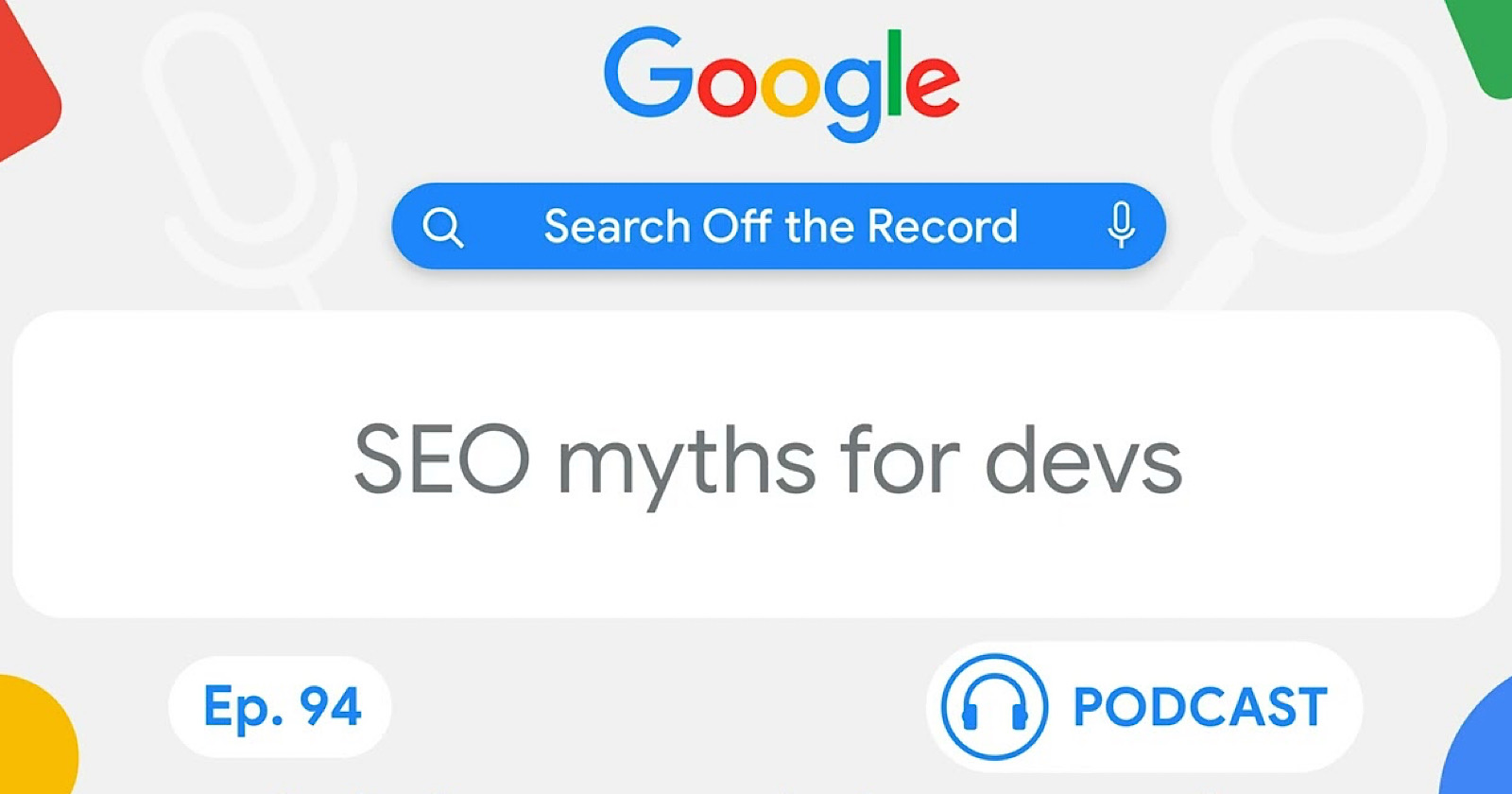Students are taking on 'unsustainable debt' for college, says former FDIC chair: How to know what you can afford
A new calculator released by nonprofit Peter G. Peterson Foundation enables prospective college students to gauge how much college debt they could manage.

Sdi Productions | E+ | Getty Images
Debt impact 'is not readily apparent' to young borrowers
As college tuition has increased, so has the average loan balance, which has tripled since the 1990s, to $30,000 from $10,000. Some 7% of borrowers have more than $100,000 in debt.
"Young people, mostly we're dealing with high-school students, they've never probably borrowed before," Bair said.
"Because we don't do as good a job on financial education as we should … the basics of debt, and what it means, is not readily apparent and just understandable to students — and sometimes to their families," she added.
Decide: How much student loan debt is affordable?
Before you take out a student loan, you should have an idea of how much debt you can manage, instead of looking at how much money you can borrow, said Bair, a member of the CNBC Invest in You Financial Wellness Council.
"A lot of students do not think about what they can afford [and] how much they're going to be earning," she said. "They are not encouraged to think that way."
To that end, Bair has been working with the Peter G. Peterson Foundation, which recently announced a new student debt initiative. (The non-partisan foundation is "dedicated to increasing awareness and accelerating action on America's long-term fiscal challenges," according to its website.)
Part of the program includes an affordability calculator, which takes into account your major, college, the year you'll start school and where you want to live after graduation.
The location of your life after college matters because it determines your expenses and income potential, Bair said.
The calculator then tells you the maximum amount you can borrow and still be able to afford the payment.
"This will be empowering for students and their families, because it will give them an all-in number of the maximum amount of debt the student should have, once they graduate," Bair said.
Students can then take the number to college financial aid offices to figure out if it works. If it doesn't, you can ask about additional scholarships and work-study arrangements they may help to offset the cost, she suggested.
If a college can't work with you, find those that can.
"This will also empower you to be a competitive shopper in terms of the financial aid package that a college is providing," Bair said.
SIGN UP: Money 101 is an 8-week learning course to financial freedom, delivered weekly to your inbox. For the Spanish version Dinero 101, click here.
Disclosure: NBCUniversal and Comcast Ventures are investors in Acorns.

 ValVades
ValVades 































